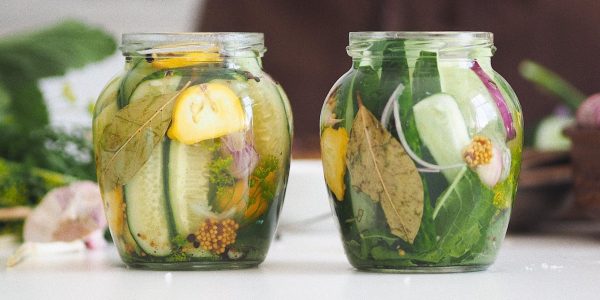Apple Vinegar
Apple vinegar, also known as apple cider vinegar, is produced through a double fermentation process using apple juice and/or concentrated apple juice. It holds a significant place in various countries. The strength of apple/cider vinegar can be classified as low or high based on the composition of the cider. Traditional production involves concurrent alcoholic and acetic fermentation in a single barrel using natural yeasts and acetic acid bacteria, while modern production methods often utilize submerged culture. The versatile apple/cider vinegar finds applications in traditional medicine, as a flavor enhancer, and as a natural food preservative.
The production of apple/cider vinegar relies on the quality of the apples, which is influenced by factors such as the apple cultivar, geographic region, seasonal variations, and the stage of maturity. Apple/cider vinegar is matured in wooden or stainless steel tanks, with shorter maturation periods of 1 or 2 months becoming more common due to cost and storage considerations.
Composition
The composition of apple/cider vinegar is influenced by raw materials, technology, and cultural tradition. Apples are pressed to obtain the juice which undergoes alcoholic fermentation and turns into apple cider. The cider is transformed into raw apple cider vinegar inside steel or wooden fermenters at a controlled temperature. The natural turbidity of the raw vinegar is isolated and separated mechanically to obtain a clear vinegar in an ecological and sustainable way.













